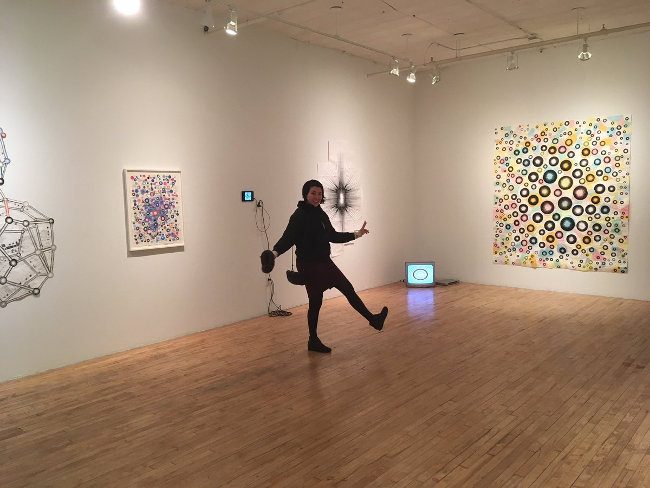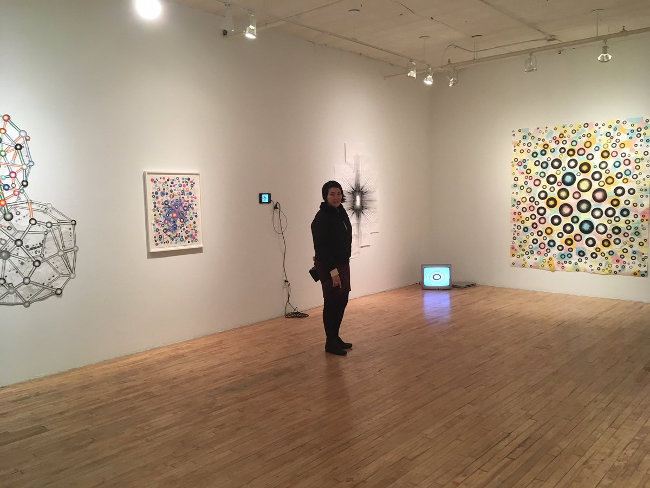Instead of the bland, Frank Luntz-ian term "Climate change," try:
Climate disruption
Oil company-caused climate disruption [source]
Instead of "Climate change denier," try:
Atmospheric carbon pusher
Air poisoner
Corporate air poisoner
Icecap melter
Institutional icecap-melter
Venusians (after our planetary neighbor baked to cinders by greenhouse gases)
Vulcans (death cult worshipping volcano-like impacts on the air)
On the topic of counter-propaganda responding to the carbon pushers, see also:
Coen Brothers' "Clean Coal" advertisement [hooktube]
Duly noted: the futility of using fossil-derived power to link to an anti-hydrocarbon video, causing more fuel-burning.



